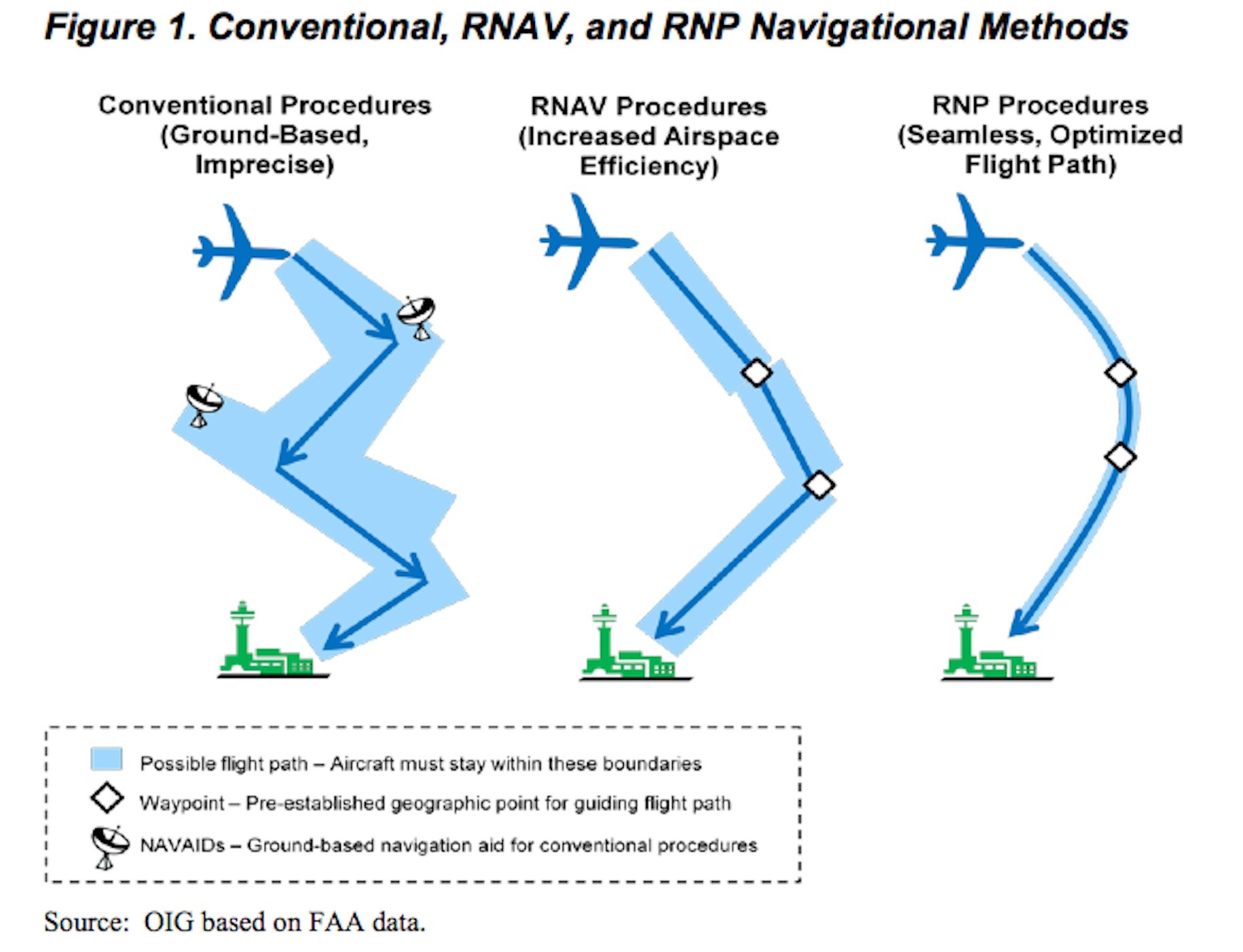Deciding on a better way to navigate
Federal Aviation Administration needs to move new system forward
Outdated policies and procedures, insufficient training and a lack of air traffic automation are the reasons Federal Aviation Administration officials have given for airports such as John F. Kennedy not using an updated navigation system more than 1 percent of the time.
Information collected recently from the Office of the Inspector General and the Federal Aviation Administration in 2013 shows that the airport used the system for only used the new system for 307 of the 29,907 flights that approached JFK between September 2012 and August 2013.
Matthew Hampton, in the Office of Inspector General’s assistant inspector for aviation audits recommended that to get airports to use what is called performance-based navigation that seeks to decrease aircraft noise when planes fly over residential communities and conserve fuel by using the optimal flight path the FAA must dismantle barriers, expedite its implementation process, complete an action plan with deadlines, establish requirements and schedules to ensure future funding requests, and measure that progress.
H. Clayton Foushee, the director of the Office of Audit and Evaluation for the FAA, agreed with all of Hampton’s recommendations. “We will identify work already in progress, and work that may already be completed,” he said in a response statement to Hampton on June 17. “Upon completion of this review, we will determine which actions can be feasibly implemented and document those in the form of an action plan that includes milestones and identifies and assigns responsible and accountable offices and personnel. We will deliver the action plan by December 31, 2014.”
The current system for landing procedures helps in shortening the amount of time planes spend on the runway but isn’t working to address the aircraft noise issues, said Kendall Lampkin, the executive director of the Town-Village Aircraft Safety and Noise Abatement Committee.
One major improvement in the new system would be the use of new routes and procedures tracked by satellite-based navigation and on-board aircraft equipment. Together, these provide greater navigation precision and accuracy, according to Hampton. It involves two plans, area navigation [RNAV] and required navigation performance [RNP].
“Traditionally, aircrafts have been required to fly routes between ground-based navigational aids to maintain required navigation accuracy of on-board systems,” Hampton said, in a written statement to the FAA on June 17. “RNAV and RNP can increase airspace efficiency by providing more direct paths, thereby improving airport arrival rates, enhancing controller productivity, saving fuel, and reducing aircraft noise.”
The RNAV strategy helps to increase efficient use of airspace. As part of the strategy, the flight path would be consist of a smoother descent, as opposed to the current method, which involves a step-down approach.
“It would be a godsend if we could make the aircraft’s guided slope more targeted, bringing in planes lower and longer,” Lampkin said.
The RNP strategy works because it allows for a precise, curved path approaches to airports, creating predictable flight paths and airport access, FAA officials said.
Other agencies involved in this system updating process include the Port Authority of New York and New Jersey. Ron Marisco, Port Authority spokesman, said his agency supports the development of NextGen satellite technology, as it would help reduce flight delays in the coming years by moving planes throughout the New York/New Jersey region’s busy airspace. “The FAA implements this system, and we have called upon the federal government to fund this vital technology,” he said.

 56.0°,
Overcast
56.0°,
Overcast 




